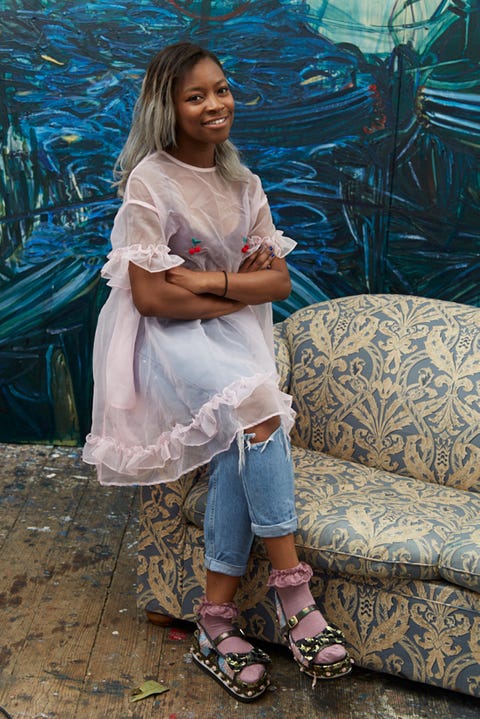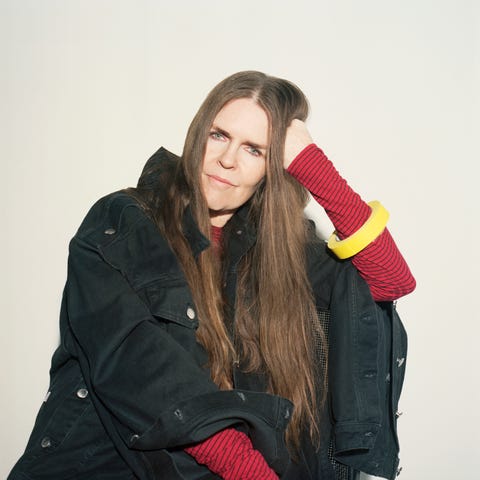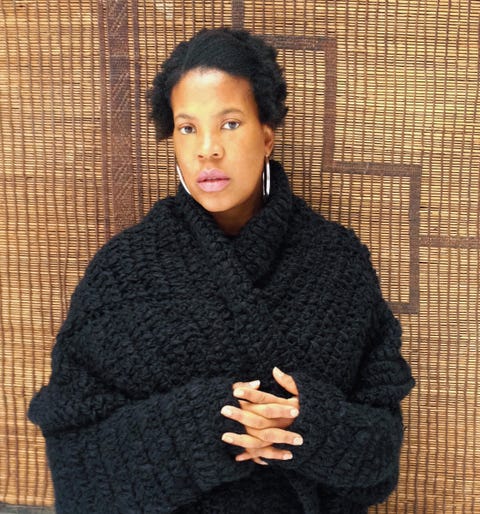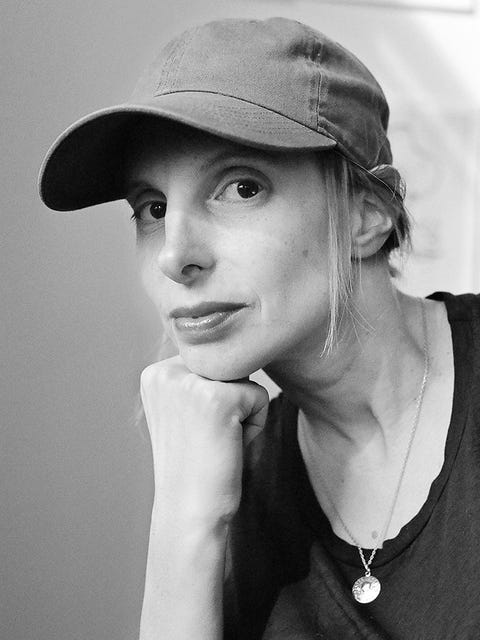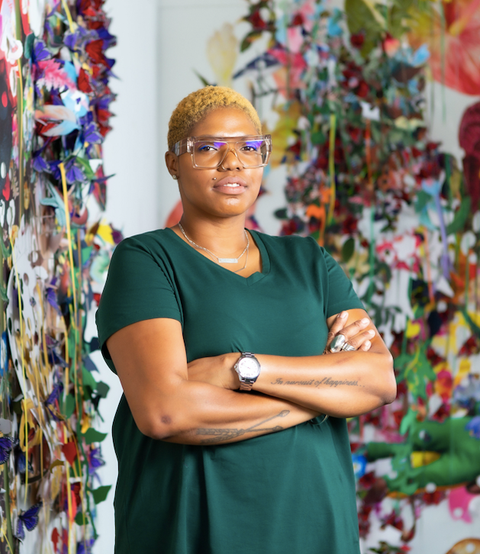
After waiting a year to open, the Liverpool Biennial is finally set to unveil the first chapter of its 2020 The Stomach and the Port showing, now scheduled for 20 March. In order to comply with government guidelines, the first iteration of the show will focus on a major series of outdoor sculpture, sonic and digital commissions, alongside the new Biennial Online Portal.
The 11th edition of Liverpool Biennial is curated by Manuela Moscoso who has waited a year for her vision to come to life. “Given the porosity of our bodies and the behaviour of the virus restricting our movements until today, the Biennial has to respond to the constant shifts and Covid regulations," she explains. "The Stomach and the Port will therefore unfold in two chapters. The first will focus on Liverpool’s exterior, presenting the outdoor, sonic and digital commissions, together with the film and online programme. And the second chapter will fully open the Biennial festival later in the spring. Rooted in decolonising our experience of the world, the artists will collaboratively present a re-calibration of the senses and a catalyst for change and healing.”
We highlight five of the stand-out female artists exhibiting this year:

